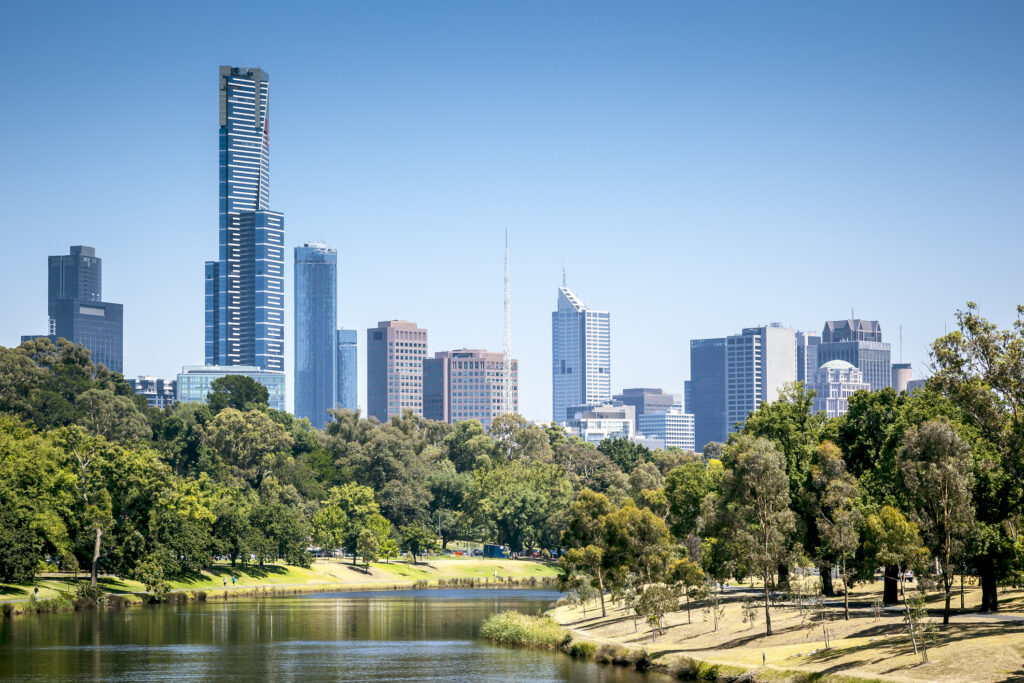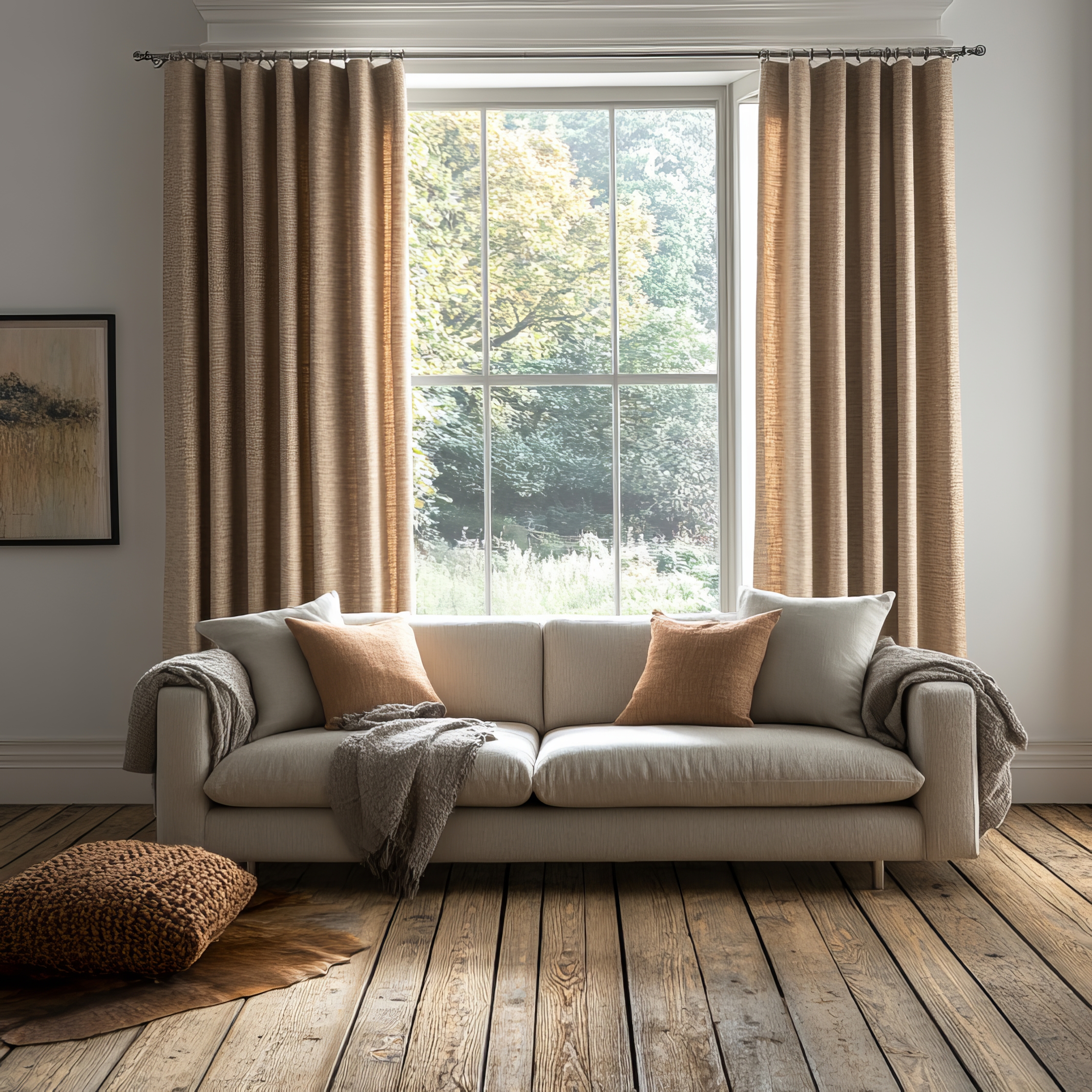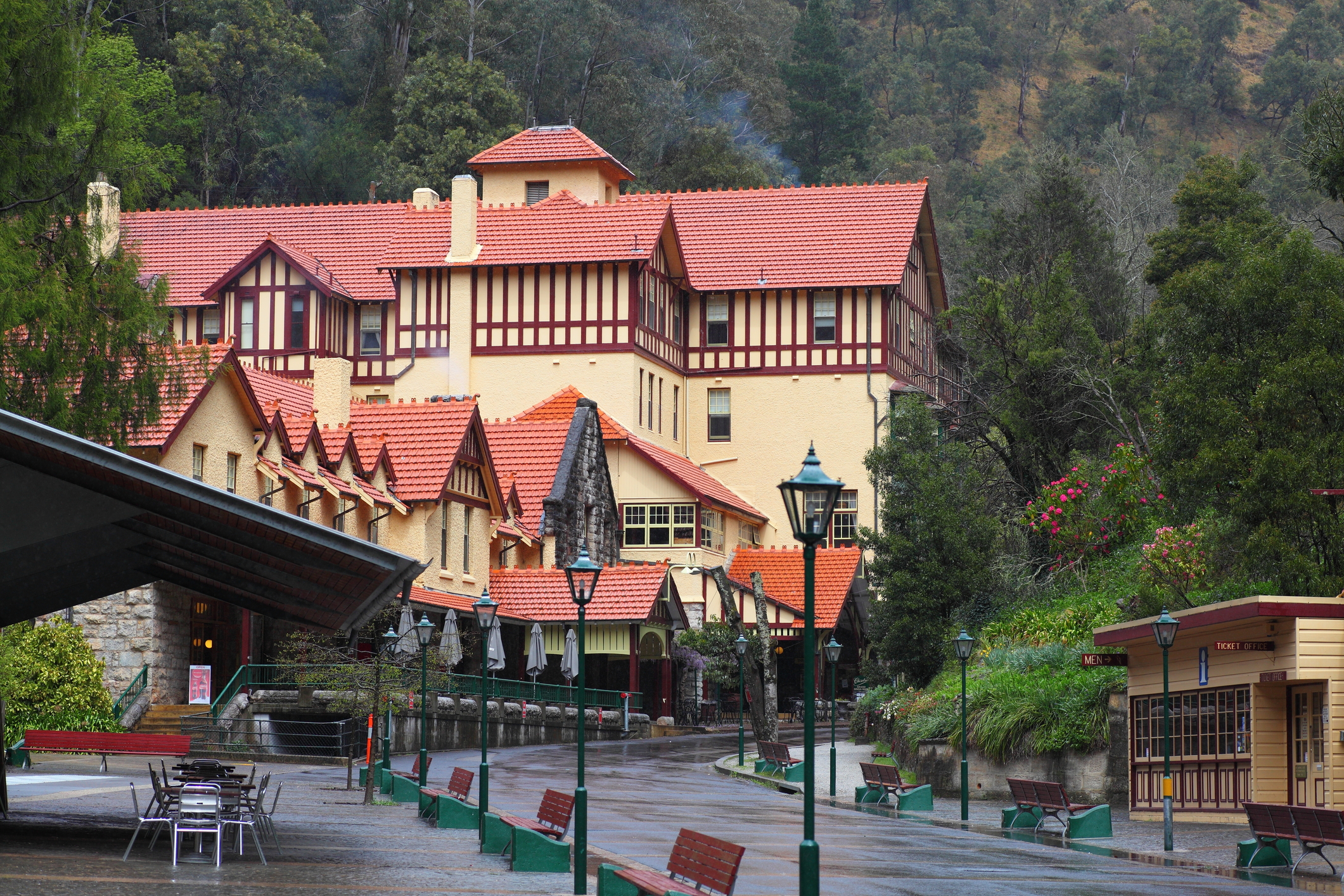Australia’s cities are consistently ranked among the most liveable in the world—and that’s no accident. Over the decades, a mix of forward-thinking regulations, clever innovations, and smart city planning decisions have helped shape urban environments that are functional, inclusive, and sustainable. From the rise of pedestrian-friendly zones to the integration of essential street furniture, Australia has carefully designed its public spaces to serve both its people and the planet. Features like bus shelters, bike lanes, green corridors and well-positioned park benches have all contributed to making city living more connected and community-focused.
Zoning and Urban Consolidation: Building for the Future
One of the earliest and most significant changes in Australian urban planning came in the form of zoning regulations. These rules helped define residential, commercial, and industrial areas, reducing congestion and creating more balanced city layouts. Later, the push for urban consolidation encouraged high-density housing closer to city centres. This movement supported more walkable neighbourhoods, reduced urban sprawl, and improved access to public amenities and infrastructure.
Sustainable Design Takes the Lead
Australia’s commitment to sustainability has strongly influenced urban development. The Green Star certification system, launched in 2003, encouraged energy-efficient and environmentally responsible buildings. Similarly, local councils began implementing green infrastructure like water-sensitive urban design (WSUD), permeable paving, and rain gardens to manage stormwater and support biodiversity. These environmental shifts were reflected in the public realm as well—street furniture began to include recycled composite materials, and landscaping became integral to city aesthetics and environmental performance.
Public Transport Infrastructure and Walkability
Another milestone in shaping Australia’s cities has been the prioritisation of public transport and pedestrian networks. Investment in light rail, train upgrades, and dedicated bus shelters across cities like Sydney, Melbourne, and Brisbane has allowed for more seamless, integrated commuting. Urban planning also focused on increasing walkability and cycling by improving footpaths, crossings, lighting, and placing public amenities at regular intervals. Installing thoughtfully located park benches in shopping strips, coastal walks, and green spaces has improved accessibility for older Australians and families alike.
Inclusive Design: Cities for Everyone
Modern Australian urban planning puts a strong emphasis on inclusivity. This includes accessible ramps and crossings, tactile ground surfaces for visually impaired users, and seating and rest stops for people with mobility needs. The Disability Discrimination Act (DDA) has helped drive many of these changes, ensuring that public spaces accommodate everyone, regardless of ability. Inclusive design has also influenced how cities use park and street furniture—ensuring enough seating, safe lighting, and shelter options for all age groups and demographics.
Placemaking and Local Identity
Australia has embraced placemaking—the idea that public spaces should reflect the identity and culture of their local communities. This is particularly visible in First Nations design principles being embedded into public projects, from signage to sculpture to landscape design. Custom-designed bus shelters, indigenous art installations, and heritage-themed walkways help celebrate history and foster a sense of belonging. Public elements like park benches and wayfinding signage are no longer just functional—they’re also aesthetic, cultural, and reflective of community spirit.
Embracing Technology and Smart Cities
In recent years, Australian cities have also jumped into smart city strategies. These include integrated data collection, solar-powered lighting, and real-time transport updates. Street-level planning now often incorporates Wi-Fi hotspots, digital kiosks, and smart waste bins. Even street furniture has evolved to include solar USB charging points, wayfinding screens, and energy-efficient lighting—all geared toward improving urban life without increasing the environmental footprint.
A Well-Planned Future Starts with the Small Details
From progressive zoning policies to inclusive design and sustainable public infrastructure, Australia’s urban evolution has been anything but accidental. Behind the scenes, meticulous planning and strategic investment have helped turn our cities into the globally admired urban environments they are today. Public amenities like street furniture, well-designed bus shelters, and thoughtfully placed park benches may seem simple, but they’re crucial to creating cities that are liveable, welcoming, and resilient for the future.






